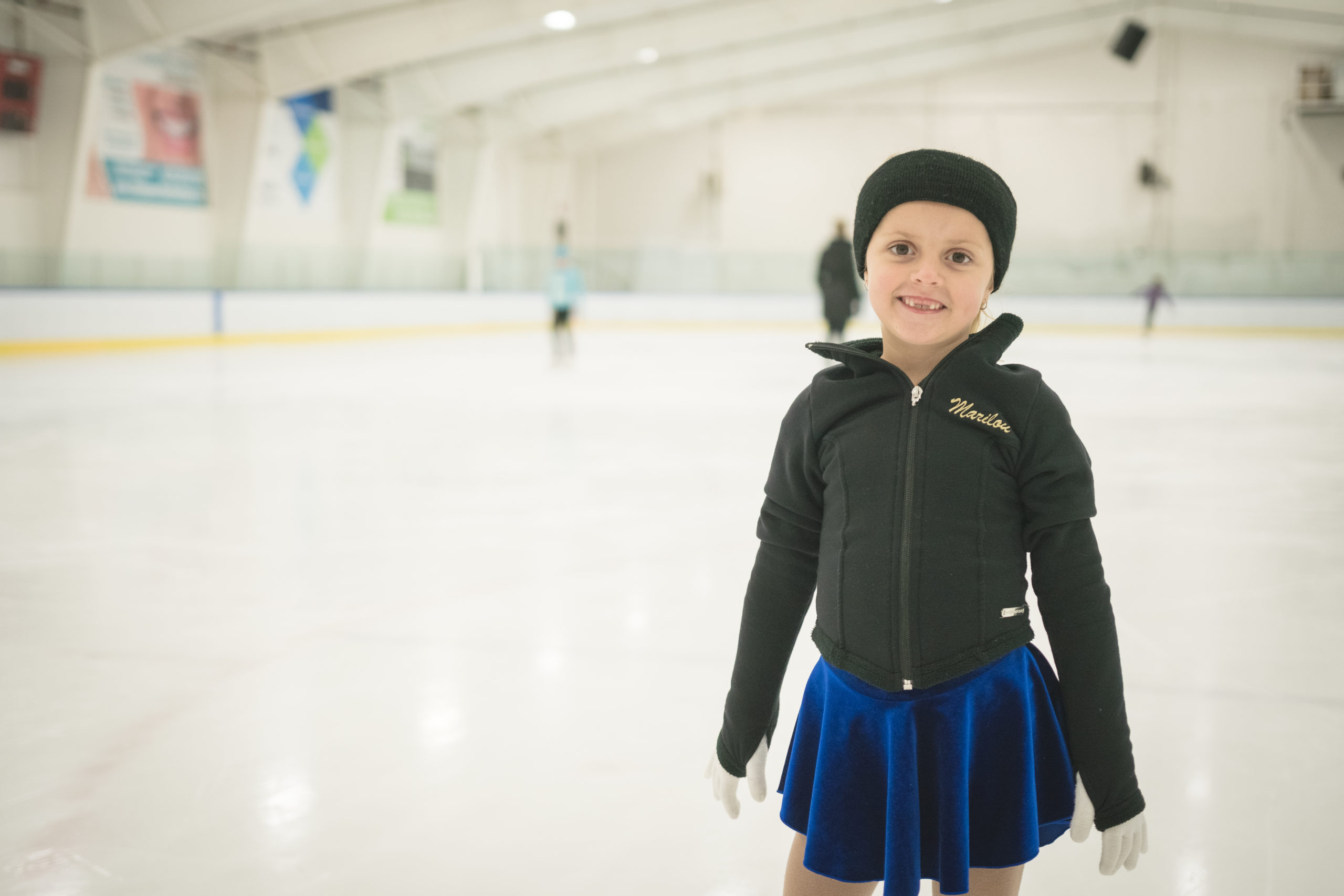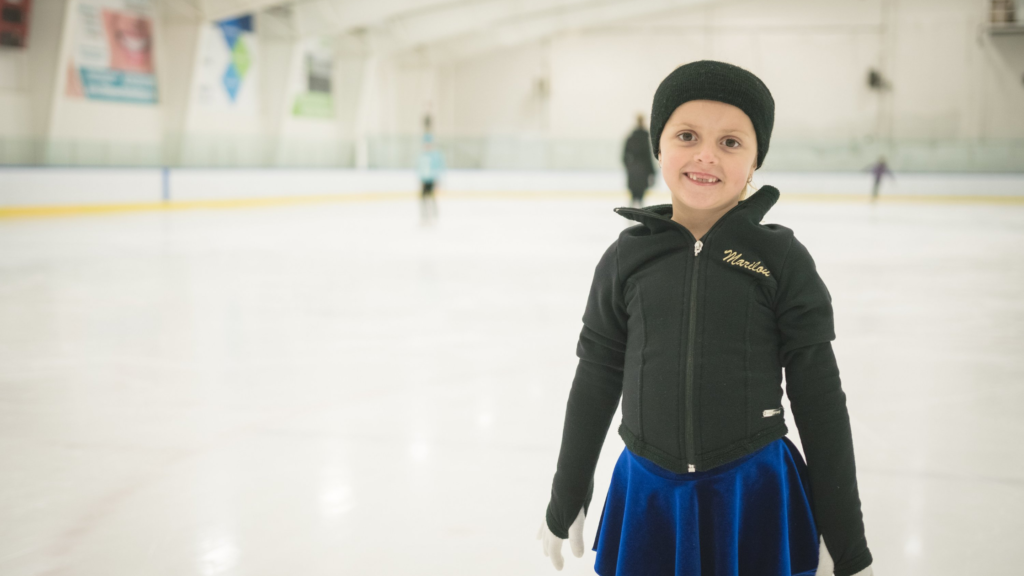Exercise and CF

JANUARY 21, 2022

While exercise has long been a recommended component of routine cystic fibrosis (CF) care, a recently published international, multicenter study co-funded by Cystic Fibrosis Canada, ACTIVATE-CF, found that adding too much physical activity too quickly might not be what is best. Instead, an incremental increase in an individual’s exercise routine is the way to go.
We spoke with Dr. Maggie McIlwaine, Network Manager for Cystic Fibrosis Canada’s Clinical Trial Network and a physical therapist in CF care for over 40 years, about the benefits of exercise and how to get active this winter.
What benefits are there for people with CF to exercise?
We recommend physical activity for everyone, but for people who live with cystic fibrosis it is even more important. We know that exercise improves cardiorespiratory fitness, improves muscle mass, muscle strength and body image, it can also improve emotional wellbeing and more.
Some patients also find exercise beneficial for airway clearance and it has been shown to improve mucus clearance from the lungs. However, there is not enough evidence to suggest it can replace airway clearance, rather sometimes we add it on as an adjunct to our airway clearance techniques.
How can someone start to add more physical activity to their routine?
If a patient is interested in increasing their physical activity, I would ask them what sports they enjoy, as integrating something that they already love to do can help. Starting at an early age can be beneficial and I typically would emphasize the importance of physical activity when first meeting the parents of a newly diagnosed baby. I would ask the parents to focus on physical activity that they enjoy and try to integrate that into their Family and child’s life.
What types of exercise would you recommend?
It’s important that exercise doesn’t feel like a chore, so connecting it to something that people enjoy is key. For a toddler, we encourage things they would do within play groups, wheelbarrows, reaching up to pop bubbles, enjoyable fun activities that can help get them moving. For older children, it can help to be in a structured activity, something like swimming, hockey, school sports and running clubs, g etc. Making sure you are moving your body regularly is key. Aerobic exercise can be beneficial if you can stop and do some huffing during the exercise to improve secretion removal. There are lots of easy ways to move in the winter – tobogganing, skating or even going for a walk in the snow can be a great place to start.
ACTIVATE-CF
In the ACTIVATE-CF study mentioned earlier, participants were asked to increase their weekly physical activity by three hours. While this was likely too much of an increase, too soon, one key takeaway from the study was that the participants were successful in maintaining this lifestyle change over a one-year period. Thus, the partially supervised conditioning program that ACTIVATE-CF initiated was successful. To encourage lifestyle change, the study team used a motivational approach geared toward patients’ goals and activity interest. This is significant as many similar programs in the past have failed to encourage behavioral changes. While there was no increase in lung function at the end of the study period of 6-months, there was an uptick in lung function at 12 months, and many participants continued the increased exercise regime well into a year.
Dr. Lands, who co-authored the study, notes that particularly during this covid era when we’ve all been sitting more than we ever have before, it’s important to be intentional about mobilizing – decreasing leisure time, getting out your chair, walking around and taking the stairs. Similar to the success of the sustained increase in activity monitored in the ACTIVATE-CF study, CF care teams can support in helping people explore activities they like to do and how to fit that into their treatment plans.
